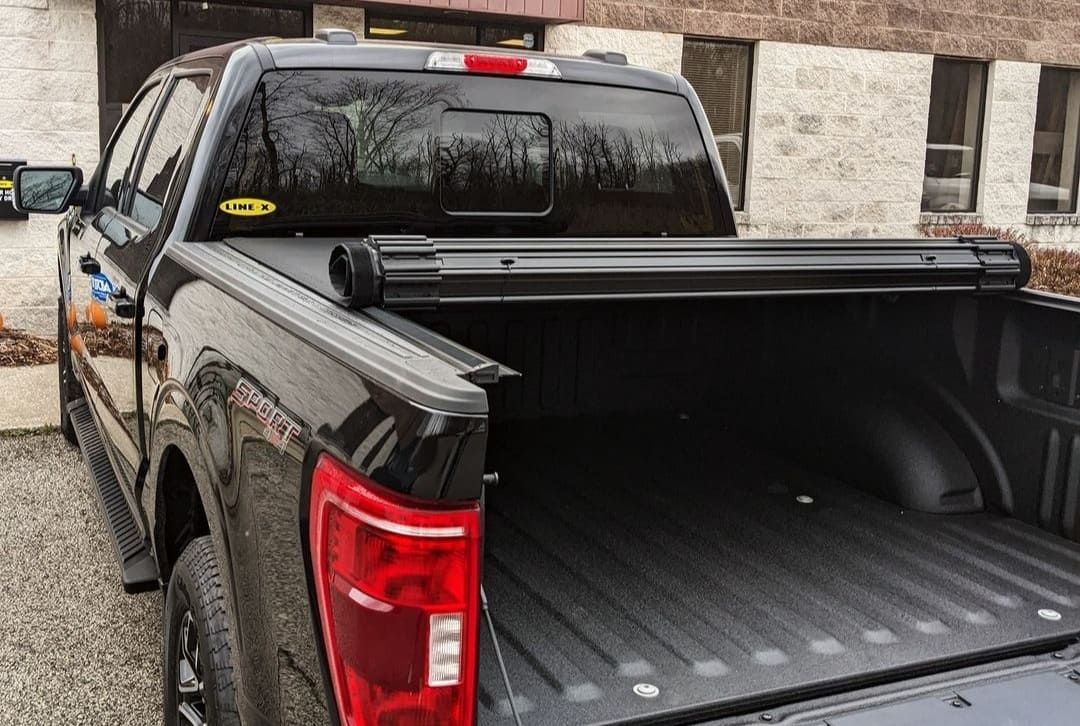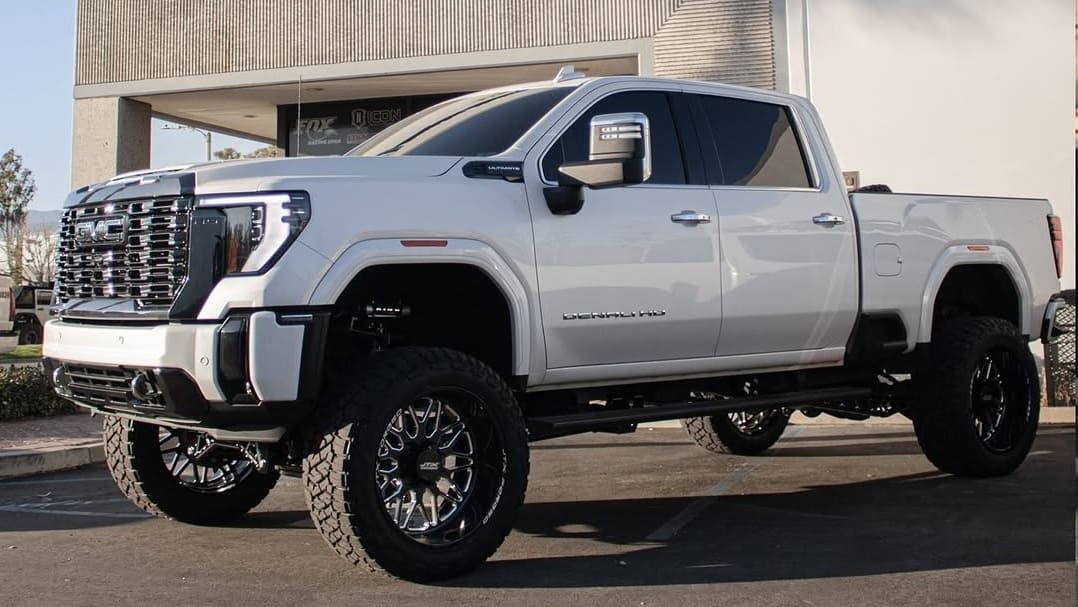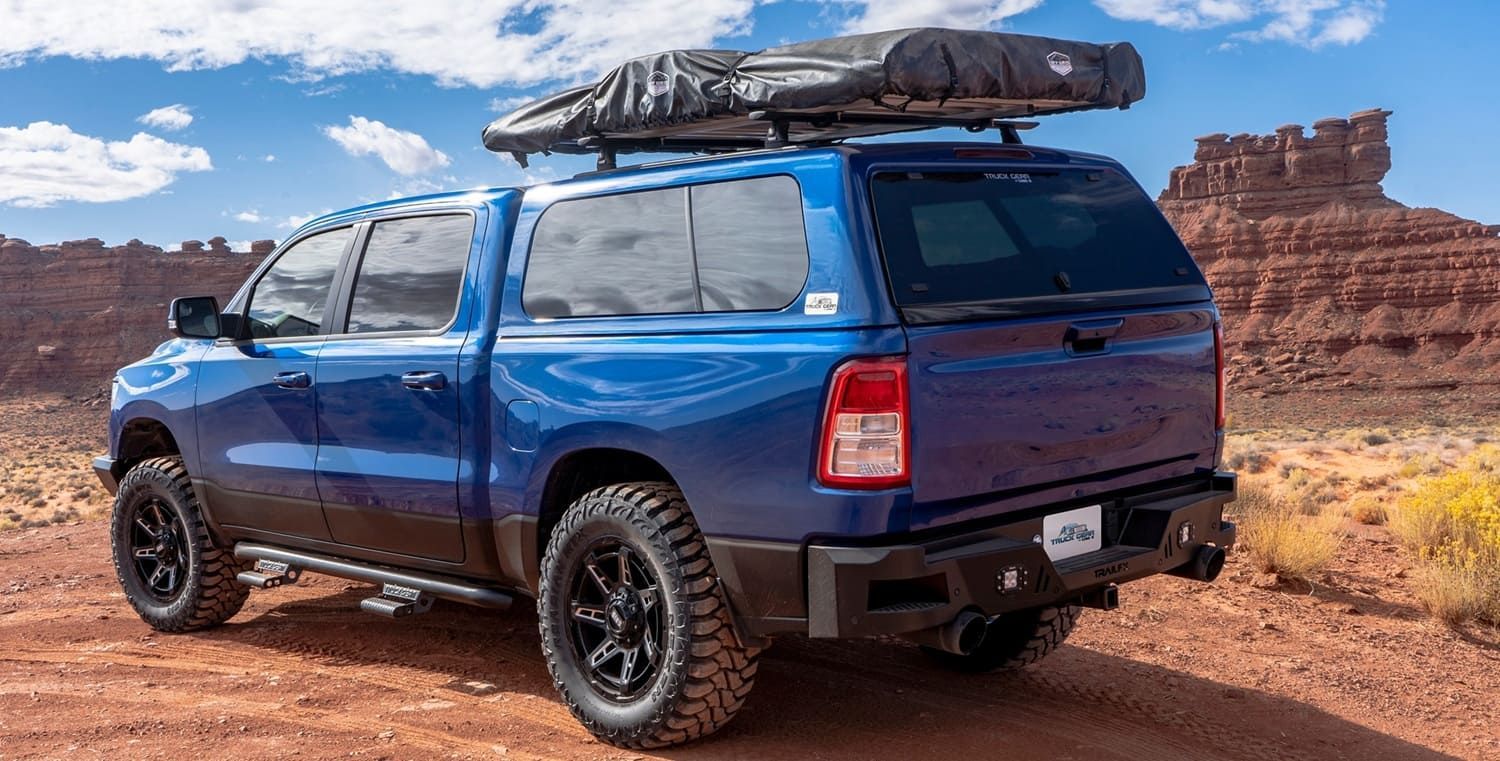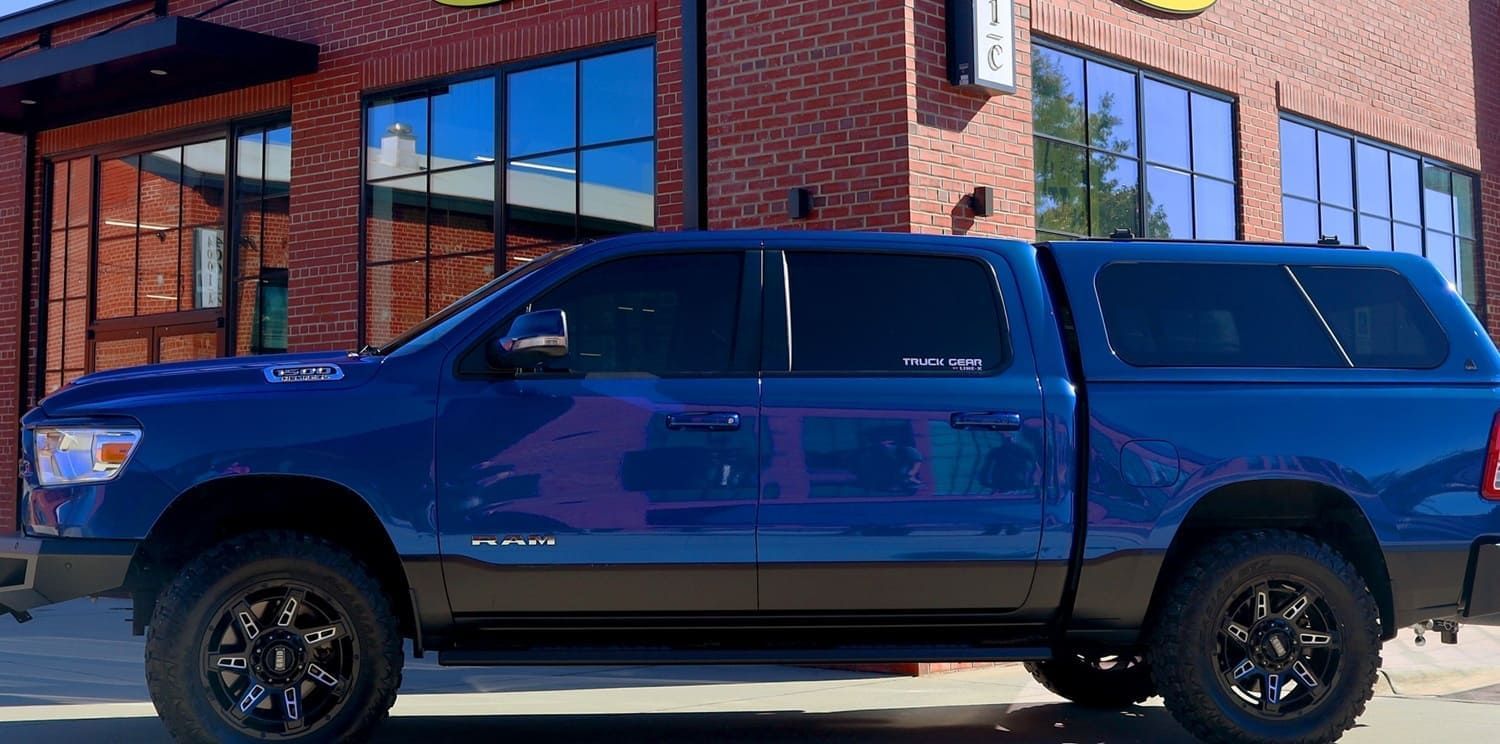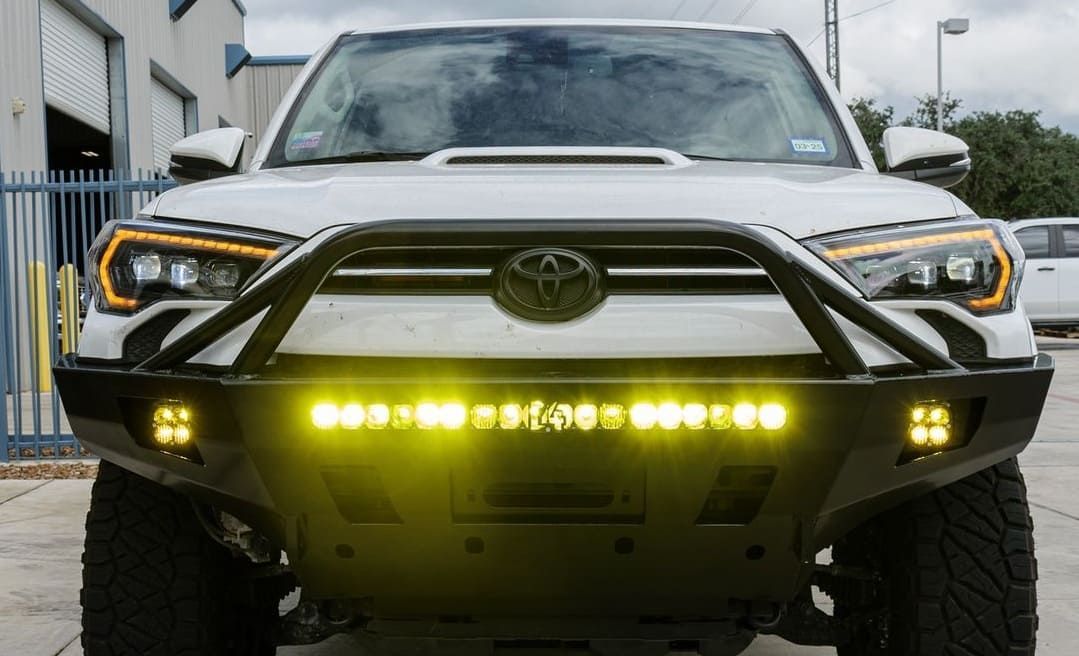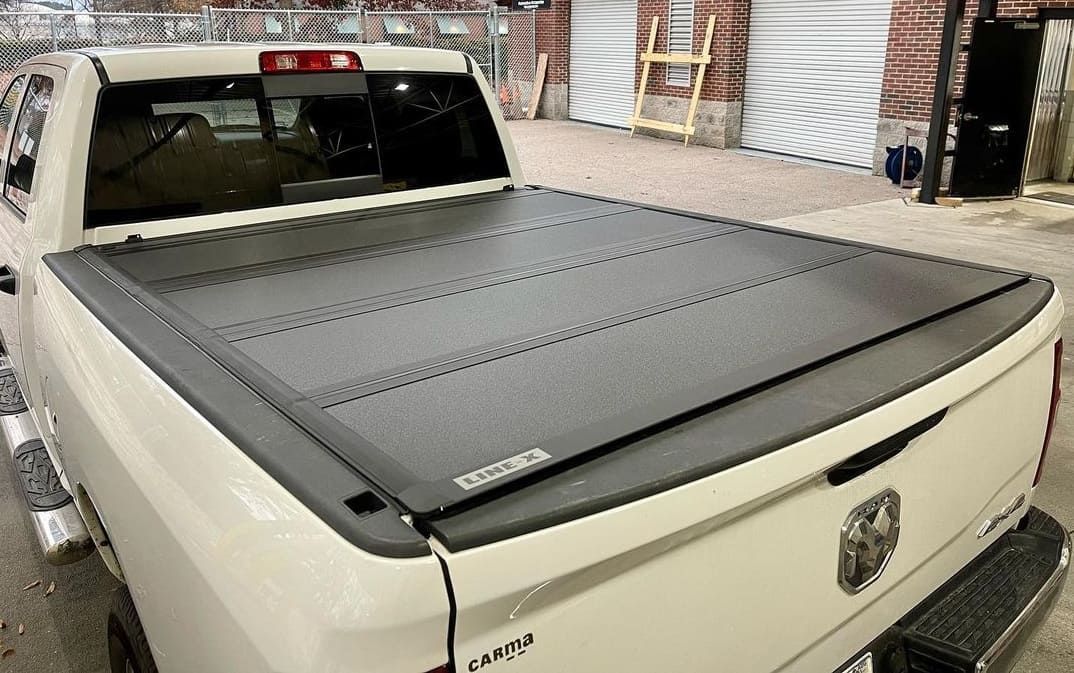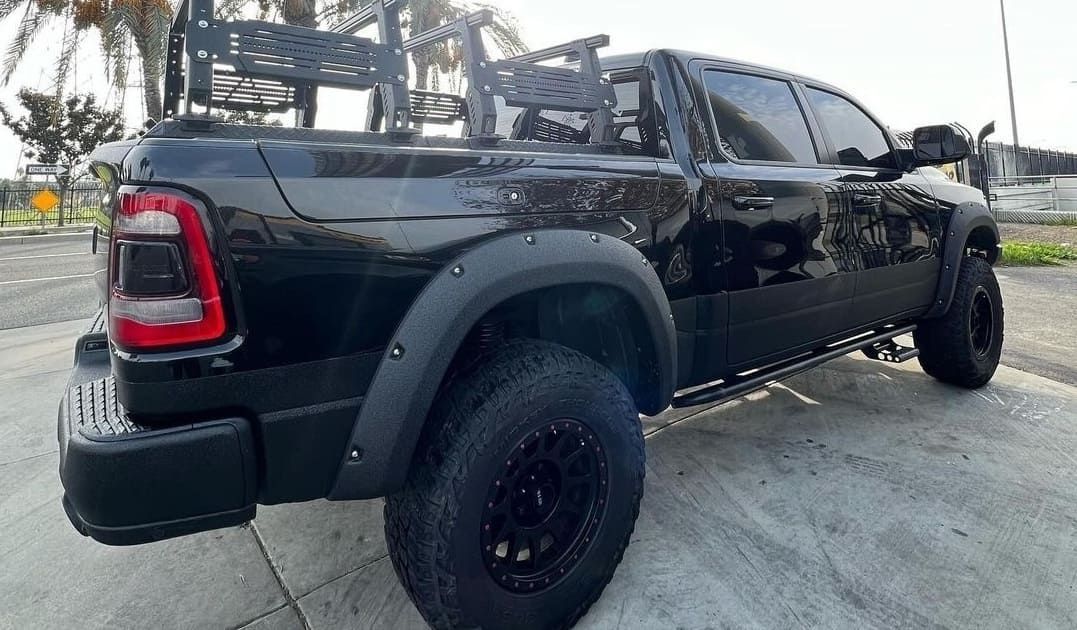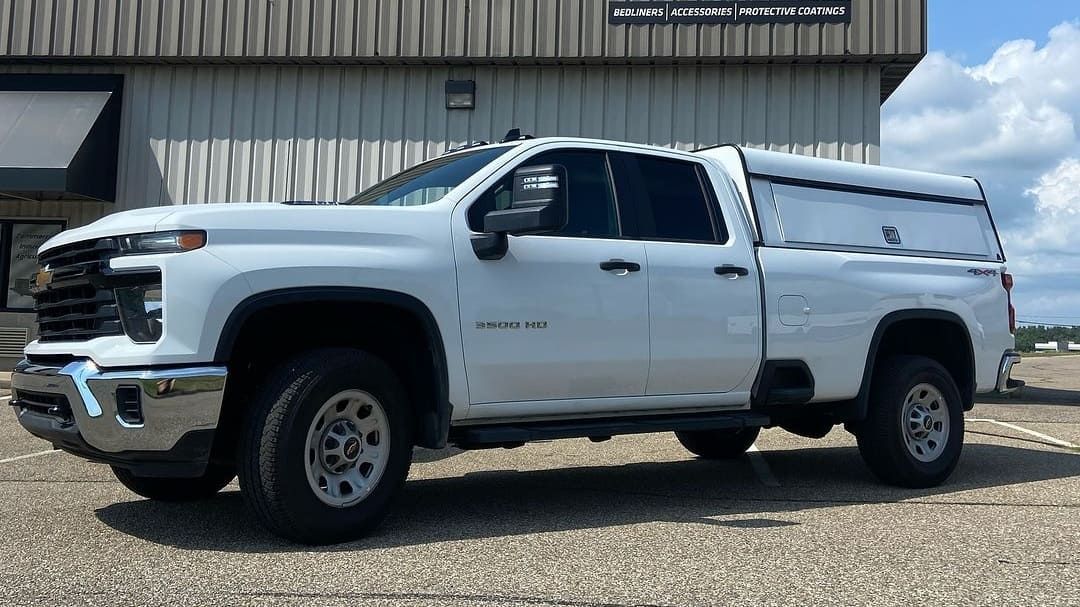Bumper Material Guide: Steel vs. Aluminum vs. Hybrid
Choosing the right bumper material is crucial for vehicle protection and performance. Heavy-duty bumpers are essential for those who venture off-road or face harsh conditions.
Steel, aluminum, and hybrid bumpers each offer unique benefits. Steel is known for its strength, while aluminum provides a lightweight alternative. Hybrid bumpers combine the best features of both materials.
Understanding the differences can help you make an informed decision. Whether you're an automotive enthusiast or a truck owner, selecting the right bumper material is key.
This guide will explore the pros and cons of each option, helping you choose the best fit for your needs.
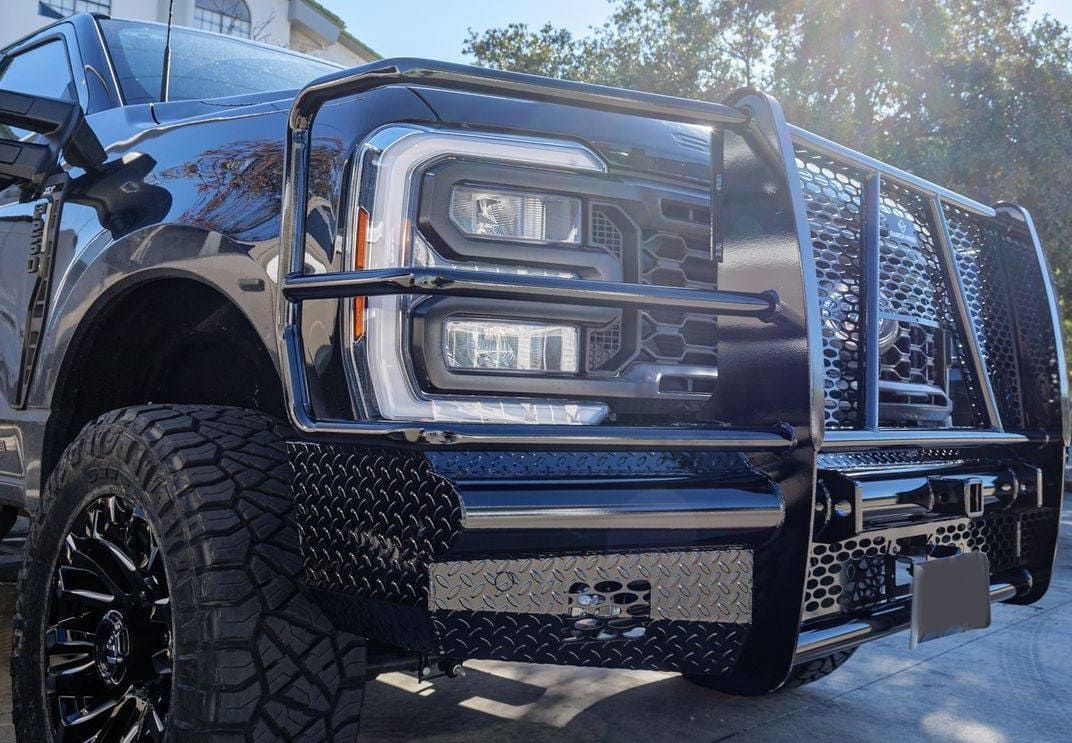
Understanding Heavy-Duty Bumpers: Purpose and Importance
Heavy-duty bumpers are integral to vehicle protection, especially for off-road enthusiasts. They are designed to withstand impacts that are too harsh for standard bumpers.
These bumpers are not just about protection. They offer increased functionality, often providing mounting points for winches and lights. They can dramatically enhance a vehicle's capabilities in tough environments.
Beyond their practical aspects, heavy-duty bumpers also add a robust look. They give trucks and other vehicles a more rugged, aggressive appearance. This appeals to many who want their vehicle to stand out.
When considering heavy-duty bumpers, keep these benefits in mind:
- Enhanced vehicle protection
- Improved functionality with accessory mounts
- Rugged aesthetic appeal
Choosing the right bumper material can significantly impact both performance and aesthetics. It's crucial to understand how each type of bumper serves your specific needs.
Steel Bumpers: The Classic Heavy-Duty Choice
Steel bumpers have long been the top choice for those seeking durability. They stand up to rough conditions and heavy impacts. This makes them ideal for off-road and commercial vehicles.
The strength of steel is unmatched. It can resist punctures and tears that would damage other materials. Steel bumpers often come with powder coatings, adding extra protection and visual appeal.
Despite their advantages, steel bumpers do add weight. This can affect a vehicle’s performance, impacting suspension and fuel efficiency. However, their robustness often makes this trade-off worthwhile for many drivers.
Steel bumpers tend to be more affordable, especially when compared to aluminum. Their cost-effectiveness is appealing for budget-conscious drivers who need reliability. Yet, they may require more maintenance to prevent rust over time.
Customizing steel bumpers can be challenging due to their rigidity. But for those seeking ruggedness, steel’s resilience makes it a practical choice. These bumpers fit well with vehicles frequently navigating tough terrains.
Key benefits of steel bumpers include:
- Exceptional strength and durability
- Cost-effectiveness compared to other materials
- Provides added protection for heavy-duty use
Overall, steel bumpers remain popular for their traditional heavy-duty performance, especially where reliability is paramount.
Aluminum Bumpers: Lightweight and Modern
Aluminum bumpers bring a fresh approach to modern vehicle design. They are prized for being significantly lighter than their steel counterparts. This weight reduction can lead to improved fuel efficiency and handling.
These bumpers possess natural resistance to rust and corrosion. This makes them particularly suitable for wet or coastal environments where moisture is a concern. Their sleek, anodized finish adds a contemporary touch to any vehicle.
Despite being lighter, aluminum bumpers are still strong. Though not as robust as steel, they provide adequate protection for many applications. They are more prone to dents, but their ease of customization compensates for this.
The higher cost of aluminum bumpers may deter some. However, their low maintenance demands often result in long-term savings. They typically require less upkeep than steel, making them a convenient choice.
Installing aluminum bumpers is usually straightforward due to their lighter weight. This ease of handling can reduce installation costs and time. Professional installation may still be recommended for optimal results.
Key benefits of aluminum bumpers include:
- Lightweight design enhances fuel efficiency
- Corrosion resistance ideal for harsh climates
- Modern aesthetic appeal with versatile customization
In summary, aluminum bumpers offer a modern, efficient option for those prioritizing style and agility in their vehicles.
Hybrid Bumpers: The Best of Both Worlds?
Hybrid bumpers are gaining traction among automotive enthusiasts. They cleverly combine different materials to maximize the benefits of each. This approach offers a balanced blend of strength, weight reduction, and cost-effectiveness.
These bumpers typically merge steel and aluminum. By doing so, they aim to provide steel's durability with aluminum's lightweight advantage. The result is a bumper that doesn't compromise too much in either aspect.
Another key feature of hybrid bumpers is their versatility. Many designs include modular components, allowing for personalized adjustments. This can be particularly useful for off-road adventurers who need tailored solutions.
Hybrid bumpers are often at the forefront of design innovation. They tend to include modern features like integrated winch mounts or light bars. These additions provide added functionality and practicality for diverse users.
While hybrid bumpers may require a larger upfront investment, they often offer long-term benefits. Their combined features can suit a variety of needs while maintaining performance. Hybrid bumpers present a flexible and comprehensive solution for a wide array of driving conditions.
Key features of hybrid bumpers include:
- Blend of steel and aluminum for balanced properties
- Modular designs allow for customization
- Incorporation of additional features for enhanced functionality
In essence, hybrid bumpers offer a sophisticated option for those seeking versatility without sacrificing quality.
Key Factors to Consider When Choosing Bumper Material
Selecting the right bumper material is crucial. It affects both the vehicle's performance and your overall driving experience. Each material comes with unique strengths and drawbacks to evaluate.
First, consider the vehicle's primary use. Off-road enthusiasts might prioritize durability, while city drivers may seek lighter options. The environment where you drive most plays a significant role too. Coastal areas with salty air can deteriorate certain materials faster.
Budget constraints should also guide your choice. While initial costs are important, think about long-term expenses like maintenance and repairs. Each material has different maintenance needs that can affect your wallet over time.
Finally, don't overlook the aesthetic appeal. Some materials offer more customization options than others. Steel, for instance, can be powder-coated, while aluminum can be anodized for a sleek finish.
Here's a quick checklist to guide your decision:
- Primary vehicle use and environment
- Initial cost and long-term maintenance
- Aesthetic preferences and customization options
By weighing these factors, you can choose a bumper material that meets both practical needs and personal preferences.
Comparing Steel, Aluminum, and Hybrid Bumpers: Pros and Cons
When choosing a heavy-duty bumper, understanding the pros and cons of each material is vital. Steel bumpers are known for strength. They excel in high-impact collisions. However, they add considerable weight, which may affect a vehicle's handling.
In contrast, aluminum bumpers offer a lightweight alternative. This material enhances fuel efficiency and handling. Yet, it is more prone to dents and scratches. Rust resistance is a significant advantage for aluminum, particularly in coastal regions.
Hybrid bumpers bridge the gap between steel and aluminum. They incorporate strengths from both materials. This mix offers balanced performance and flexibility, appealing to many drivers.
Here's a breakdown of steel bumpers:
- Pros: Robust, high-impact resistance, cost-effective.
- Cons: Heavy, prone to rust, may require extra maintenance.
Now, consider aluminum bumpers:
- Pros: Lightweight, rust-resistant, easy to install.
- Cons: Higher initial cost, less durable, more prone to damage.
Hybrid bumpers present a unique value proposition, combining attributes from both steel and aluminum. By weighing the benefits and drawbacks, you can make a well-informed decision that aligns with your driving needs and lifestyle.
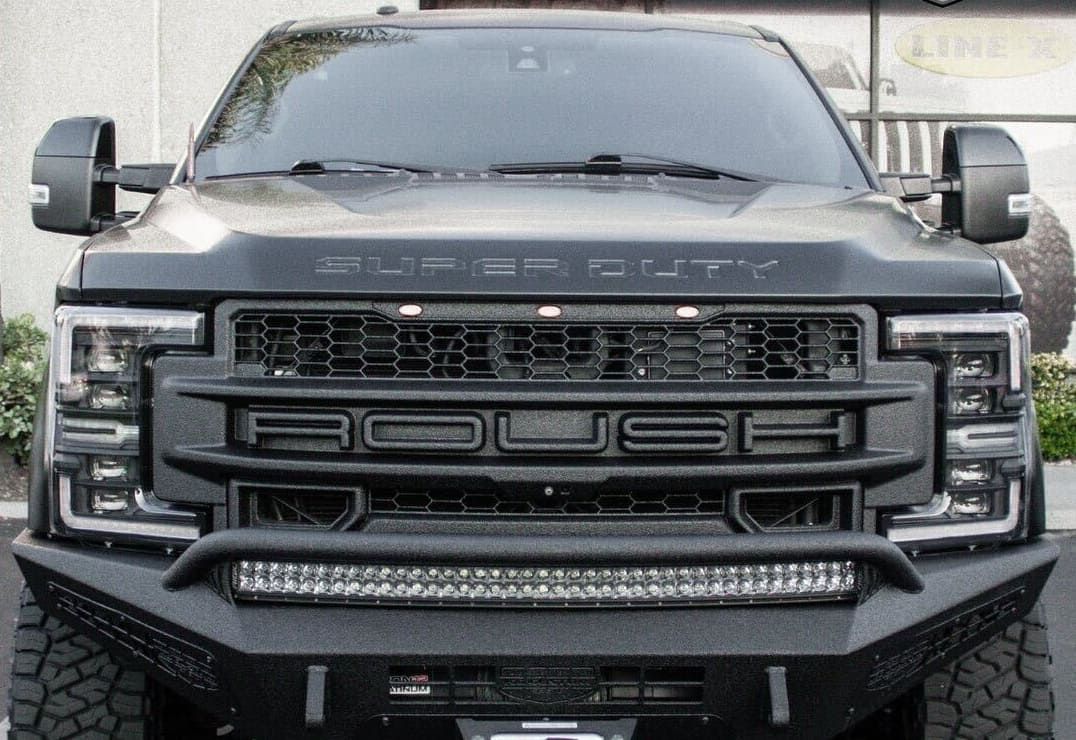
Real-World Applications: Which Bumper Material Fits Your Needs?
Choosing the right bumper material depends on your vehicle's application. Each material offers distinct benefits that fit various needs and environments. Consider your driving conditions, whether urban, off-road, or coastal.
For rugged terrains, steel bumpers provide unmatched durability. They're ideal for trucks engaging in heavy-duty tasks or in harsh environments. Their robustness ensures that they withstand significant impacts.
In contrast, aluminum bumpers suit vehicles used in city driving or racing. Their lightweight nature offers agility and improved fuel efficiency. These bumpers are particularly beneficial for high-performance vehicles seeking speed.
Hybrid bumpers serve those needing versatility and balance. They work well across different scenarios. Here’s a quick guide to matching material with need:
- Steel: Heavy-duty tasks, towing, harsh conditions
- Aluminum: Urban, racing, fuel efficiency
- Hybrid: Versatile, mixed driving conditions
Installation, Maintenance, and Cost Considerations
Installation difficulty varies with each bumper type. Steel bumpers can be heavy and might require professional help. Aluminum, being lighter, is often easier to handle during installation.
Maintenance needs differ among materials. Steel may rust and thus needs regular checks and protective coatings. Aluminum requires less upkeep, due to its rust-resistant properties, making it a cost-effective choice over time.
Cost is a significant factor in bumper selection. While steel bumpers are generally budget-friendly, aluminum ones come with a higher initial price. A quick cost comparison:
- Steel: Lower initial cost, higher maintenance
- Aluminum: Higher initial cost, lower maintenance
- Hybrid: Varies based on design and customization
Each choice impacts your vehicle’s long-term performance and upkeep needs. Consider these aspects when deciding on a bumper.
Market Trends and Innovations in Bumper Materials
The bumper market is rapidly evolving with new technologies. Manufacturers are focusing on enhancing strength while reducing weight. Environmental concerns drive innovation towards more eco-friendly materials.
Recent trends highlight modular designs and customizable options. These innovations cater to individual needs and preferences. Here are a few key trends:
- Eco-friendly materials: Focus on sustainability
- Modular designs: Allow for easy upgrades
- Customizable options: Personalize your vehicle's look
These advancements promise more choices for consumers. They also indicate an exciting future for automotive bumpers.
Conclusion: Making the Right Choice for Your Vehicle
At LINE-X of Greenville, your Platinum Certified LINE-X Accessories Store serving Greenville, SC, we help you make informed decisions when upgrading your vehicle—starting with the right bumper. Choosing the ideal bumper material depends on your vehicle’s usage, environment, and specific needs. Whether it’s steel, aluminum, or a hybrid, each material offers unique advantages.
Durability, weight, and cost are all critical factors to consider. Steel bumpers provide unmatched strength, aluminum offers lighter weight and corrosion resistance, and hybrid bumpers deliver a balance of both. The right choice can significantly improve your vehicle's performance, safety, and longevity.
Contact LINE-X of Greenville today for a free estimate, and let our experts help you select the best bumper solution for your lifestyle and driving needs—backed by quality you can trust.
FAQs About Choosing Between Steel, Aluminum, and Hybrid Bumpers
What are the main differences between steel, aluminum, and hybrid bumpers?
Steel bumpers offer maximum strength and durability, aluminum bumpers are lightweight and rust-resistant, and hybrid bumpers combine materials to balance strength and weight.
Which bumper material is best for off-roading?
Steel bumpers are the top choice for off-road use due to their impact resistance and winch compatibility, but aluminum is also used for lighter builds and better fuel efficiency.
Are aluminum bumpers strong enough for heavy-duty use?
Yes, modern aluminum bumpers are engineered with reinforced designs that can handle moderate impacts and offer good strength-to-weight ratios, especially when paired with steel brackets.
Do hybrid bumpers offer the best of both worlds?
Yes, hybrid bumpers often use steel cores and aluminum exteriors or vice versa, combining durability with weight savings and corrosion resistance.
Is steel more prone to rust than aluminum?
Yes, steel is susceptible to rust without proper coatings or maintenance, while aluminum is naturally corrosion-resistant.
Are aluminum bumpers lighter than steel?
Significantly. Aluminum bumpers are often 30–50% lighter, which can improve fuel efficiency, handling, and front-end weight balance.
Do hybrid bumpers cost more than steel or aluminum?
Usually, yes. Hybrid designs involve complex engineering and premium materials, which can make them more expensive than single-material options.
Which bumper type is easiest to install?
Most aftermarket bumpers are designed for bolt-on installation, but aluminum units are easier to handle due to their lighter weight.
Do steel bumpers affect vehicle fuel economy?
Yes, steel bumpers add significant weight, which can slightly reduce fuel efficiency—something to consider for daily drivers.
Can aluminum bumpers support winches and recovery gear?
Some can, but not all aluminum bumpers are winch-rated. If you plan to use recovery gear, choose one that’s reinforced or hybrid with a steel mounting system.
Are hybrid bumpers better for weight distribution?
Yes, they’re designed to reduce front-end weight while still offering structural strength where it matters most.
Which bumper material is better for city driving or mild use?
Aluminum or hybrid bumpers are often ideal for urban or daily drivers, providing a balance of style, weight reduction, and sufficient protection.
Are there aesthetic differences between bumper types?
Yes. Steel bumpers often look rugged and tactical, aluminum bumpers are sleek and modern, and hybrid bumpers combine both design styles.
Can any of these bumpers be powder-coated or painted?
Yes, all three materials can be custom-finished, though steel requires more prep to prevent rust, while aluminum takes coatings more easily.
Which material offers the most protection in a crash?
Steel generally provides the highest impact resistance, but it’s heavier and can transfer more force to the frame. Hybrids may offer better energy dispersion.
Do hybrid bumpers work with factory sensors and cameras?
Many do. Modern hybrid designs are precision-engineered to accommodate ADAS systems, just like premium aluminum and steel bumpers.
Are aluminum bumpers a good choice for coastal environments?
Yes, because aluminum is resistant to salt and moisture corrosion, making it ideal for humid or coastal regions.
Do bumper materials impact suspension or ride quality?
They can. Heavier steel bumpers may require suspension upgrades to prevent sagging, while aluminum and hybrid bumpers are easier on factory setups.
How do I decide which bumper material is right for my vehicle?
Consider your driving style, terrain, vehicle weight, recovery needs, and budget. Daily drivers may prefer aluminum, while off-roaders may opt for steel or hybrid builds.
Are hybrid bumpers worth the investment?
Yes, if you want maximum versatility, modern styling, and balanced performance, hybrid bumpers provide a smart, long-term solution.

